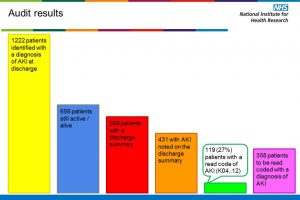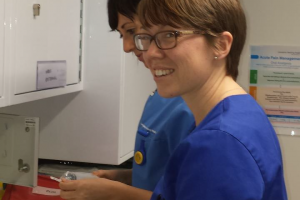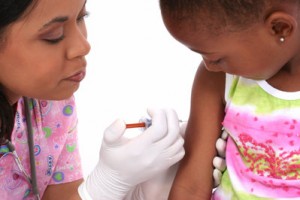Case studies
Multiple risk factors for acute kidney injury following surgery – potentially avoidable
Share this on – Facebook / Twitter / Linked In


Miss R, a 72 year old woman, was admitted for an elective total abdominal hysterectomy. She has a past medical history of hypertension and CKD. Miss R’s GP had already referred her to the renal team related to her CKD, but she had not seen a renal physician prior to her elective surgery. Her baseline serum creatinine preoperatively was 163umol/L, with a eGFR of 26.
Post-operatively, Miss R had a period of hypotension / hypovolaemia and required intravenous fluid challenges and a blood transfusion. She was oliguric during the post-operative phase, with urine output reducing to persistently less than 0.5mls/kg/hour. The nurses on the ward escalated concerns based on her Early Warning Scores and low urine output.
Miss R was prescribed her usual medications from day one post-operatively, which included the ACE inhibitor Ramipril and also a beta-blocker. These were administered despite the patient’s relative hypotension.
Miss R was found to have developed acute kidney injury on day two – bloods had not been checked on the first post-operative day. Her serum creatinine had reached 223umols/L. A blood gas revealed a severe metabolic acidosis with a pH of 7.21 and standard bicarbonate level of 18.4mmols/L.
Miss R was referred to critical care outreach and was subsequently admitted to critical care for guided fluid management, inotropic support and renal replacement therapy.
Miss R’s renal function fortunately returned to her baseline and she was eventually transferred back to ward care and discharged home, with follow up with the renal team.
Who would the learning opportunities be relevant to?
- Surgeons
- Anaesthetists
- Ward nurses
- Pre-operative assessment clinic staff
- Pharmacists
Key Learning Opportunities
- Multiple risk factors for acute kidney injury for this patient. High risk for acute kidney injury but potentially avoidable.
From which Clinical Perspective?
- Gynaecological surgery
Case studies


























